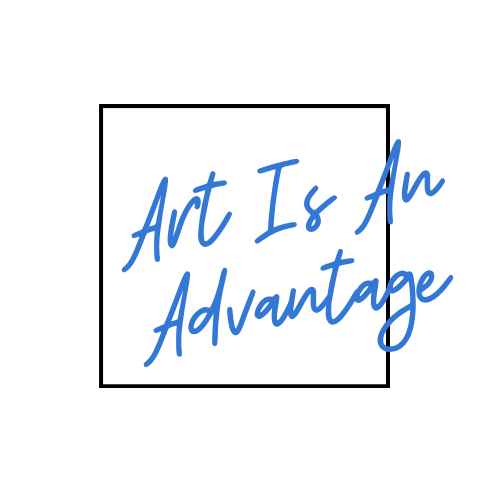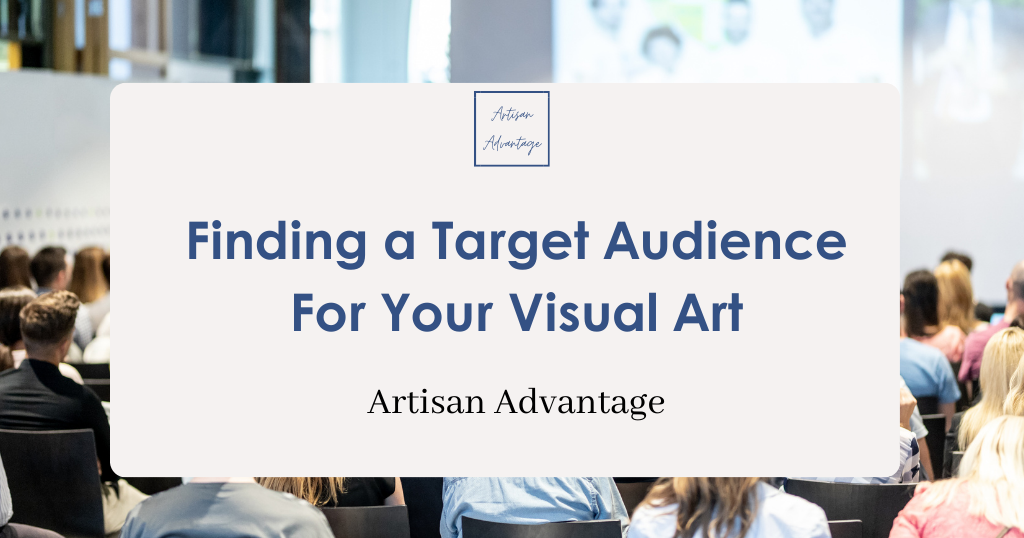Leverage the Knowledge of Your Target Audience
Knowing your target audience can make a significant difference in your visual art business. It’s like having a secret tool to take you from sharing and marketing work sporadically to building a strategic business.
This post is the first in a series focused on finding your audience.
First, we’ll cover what a target audience is and how visual artists can use this concept to make their marketing strategies even better.
Defining Your Target Audience
Simply put, a target audience is the specific group you aim to reach with your artwork. This group shares common characteristics, interests, and preferences, making them more likely to appreciate and engage with your work. It’s possible to have more than one target audience, and identifying these groups involves some research and strategy.
Why is Your Audience Important?
Focused Marketing Efforts
Knowing your target audience allows you to tailor your marketing efforts more precisely. Instead of casting a wide net and hoping to attract anyone and everyone, you can focus on the individuals most likely to resonate with your art. This not only saves resources but also increases the effectiveness of your promotional campaigns.
Improved Artistic Presentation
Understanding your audience’s preferences helps you make informed decisions about who you present your work to and how you do that. For example, if you’re participating in an arts festival and understand who in your target audience is likely to attend, it will help you determine the type of work you include in that show.
Building Meaningful Connections
Art is a personal experience; forming connections with your audience is the first step in helping them to purchase or choose your work. When your art speaks directly to the interests and emotions of your target audience, it becomes more than just a visual representation – it becomes a shared experience, forging a stronger bond between artist and viewer.
How to Figure Out Your Target Audience
Conduct Research
You can research the audience in several ways, some of which we will tackle in later posts. If you’ve already been selling work, look at the demographics, interests, and everything you know about your current audience. This data serves as the foundation for creating a detailed profile of your audience. If you’re new to marketing, think about your work and who might be interested. When I started working for Robert Yonke, all I knew was that he painted images of bluegrass musicians. Doing some research quickly led me to the world of Bluegrass music, which became an excellent audience for his work.
Create Customer Personas
Develop customer or buyer personas based on your research. These are fictional representations of your ideal viewers, complete with names, backgrounds, and preferences. By humanizing your target audience, you can better understand their needs and tailor your communication and marketing approach accordingly.
How to Use This Knowledge
Craft Strategic Marketing Messages
Develop marketing messages that resonate with your target audience. Speak directly to their interests, aspirations, and emotions. Whether through social media, email campaigns, or promotional events, ensure that your messaging aligns with the values of your ideal viewers.
Utilize Targeted Platforms
Identify the platforms where your target audience is most active. Whether it’s social media, art galleries, or specific online communities, focus your marketing efforts on these channels to reach your audience more effectively.
Understanding and leveraging the concept of a target audience is a cornerstone of successful marketing for visual artists. Use your research insights to inform your business decisions. Then, align your efforts with the preferences of your target audience to maximize appeal.
Would you like weekly art marking tips sent to your inbox? Join my weekly information drop here.


